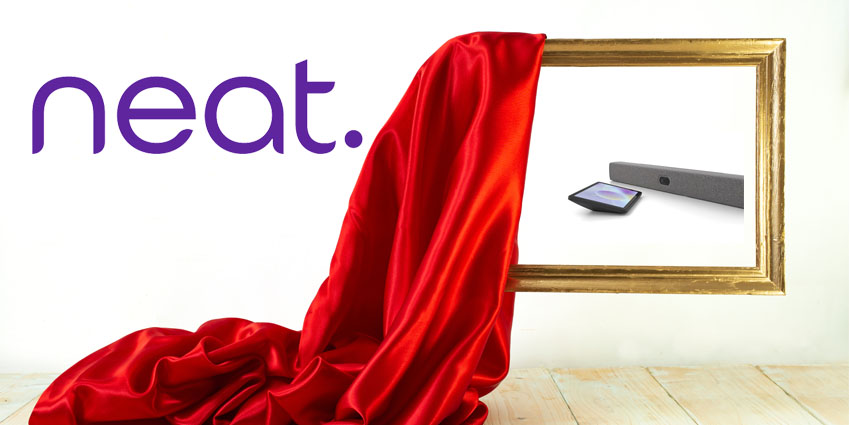BYOD, or “Bring Your Own Device”, is a concept that’s all about giving employees more freedom in the workplace. By enabling an ever-moving mobile workforce to use the devices that work best for them, in the environments that suit their needs, companies can effectively take productivity to the next level. After all, there’s something inherently simple about being able to use the same laptop regardless of whether you’re working from home, or in your office.
Unfortunately, a company full of team members who interact and communicate through different software, and alternative hardware solutions can create a nightmare in security and compliance for IT leaders. As business leaders continue to recognise the value of bringing personal devices into the workplace, it’s important to ask ourselves whether we’re really ready for the age of BYOD.
The Benefits of BYOD
As the demand for flexibility and freedom in the workplace continues to grow, many environments have already embraced the concept of BYOD. By giving your staff the chance to bring their own, familiar devices into the business network, you’re likely to end up with a range of fantastic benefits, including more up-to-date technology, and increased employee satisfaction. The benefits of BYOD include:
- Cost Savings: If your employees are bringing their own devices into the workplace, then you don’t need to invest in new hardware for them every year or two. That can add up to a huge saving for some companies.
- Better Employee Satisfaction: Today’s employees don’t want to be stuck with IT-issued devices. They’re much happier using the devices that they already know and love.
- Greater Productivity: Because staff are using their own devices, they can take the technology they need for work with them wherever they go. This opens up new opportunities for remote and flexible working.
- Increases engagement: Some employees will even choose to continue working on projects after hours because they don’t need to worry about going back to the office to use the software they need.
The Risks of Bring Your Own Device
Of course, BYOD technology isn’t all employee satisfaction and productivity. Though BYOD promotes the concept of shadow IT and delivers more flexibility in the workplace, the biggest problem that’s causing resistance among companies today, is the threat that emerges in security. In fact, 39% of companies say that they avoid BYOD because of safety issues. While, realistically, there’s a good chance that the benefits of BYOD will outweigh the security concerns, the anxiety surrounding this new technology highlights a need for careful implementation practices.
Some of the key risks your organisation will need to evaluate before you jump onto the BYOD bandwagon include:
- Potential data loss: This will require you to think about reducing the exposure of critical, or sensitive data in your network
- Application control: You’ll need to think about how you can control the applications your team members use and how often they’re updated
- Local labour laws: Local and international labour laws that might prevent people from working more than their normal hours can be a problem for the BYOD world – particularly as it becomes so tempting to work away from the office
- Privacy issues: Tools that are used by IT to manage BYOD devices could track location, which might indicate a potential privacy issue for some countries
- Regulatory requirements: Businesses that operate within specific industries will need to consider strict compliance mandates about how data can be protected. This is also true as we move towards GDPR
- Data recovery: Definitions of how to store and wipe data on a device need to be made uniform throughout the business
- Lost/Stolen devices: End-user training will need to be implemented to deal with the problems that occur because of a lost or stolen device
Managing the Security Problem
By far, the biggest problem preventing the adoption of BYOD devices comes from security issues. Anything that might allow competitors to access your critical data represents a serious concern for any business. Some studies suggest that around 39% of all businesses have found a BYO device on their network infected with malware. That’s why it’s so important for organisations to carefully plan their BYOD approach.
The good news is that an office integrated with BYOD doesn’t have to be a nightmare for security purposes. Sometimes, even the simplest security policies can help you to lock down your digital environment. Good old-fashioned guidelines, such as accepted use, and employee departure practices can go a long way. For instance, here are some of the things your office will need to think about when using BYOD:
- Accepted Use Guidelines: Clarifying what can be defined as accepted use for your team can change the way your employees think about BYOD. Limiting web access can be useful, as can routine security checks.
- Criteria for Application allowance: While you can’t stop your teams from installing their favourite apps on personal devices, you’ll need to let them know what’s acceptable to use while they’re at work.
- Departure practices: When an employee leaves the team, you’ll need a set of guidelines in place for removing business data and files from their personal device.
- Password policies: We’re all guilty of overlooking our passwords, but in a BYOD environment, strict password standards are essential. Employees should change their passwords frequently to maximise security.
- Routine security checks: Making sure that your IT can perform routine and simple security checks is a helpful way to ensure that you don’t end up with dangerous malware and other problems in your system.
You’ll also need to deploy the right tools for the job to keep your BYOD standards in check. For instance, this might include:
- Firewalls and anti-virus systems
- Two-factor authentication
- Remote device access features
- Data and Device Encryption
- Mobile Device Management
The Age of BYOD is Here
The simple answer to the question, “Is BYOD a reality for your business?” is yes – if you can use it correctly. Although BYOD might be scary for some from a security perspective, that doesn’t mean that you can’t invest successfully in this approach. All you need to do is make sure that you’re putting the right standards in place. If you stay vigilant, you could find that BYOD helps to transform your business for the age of digital transformation (DX).







